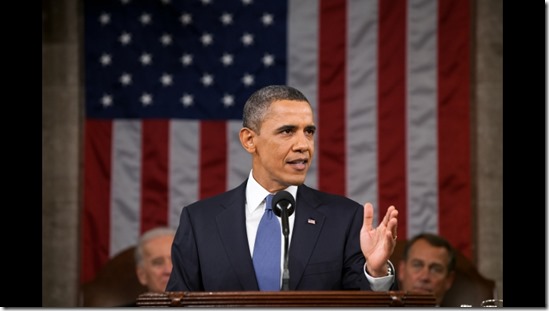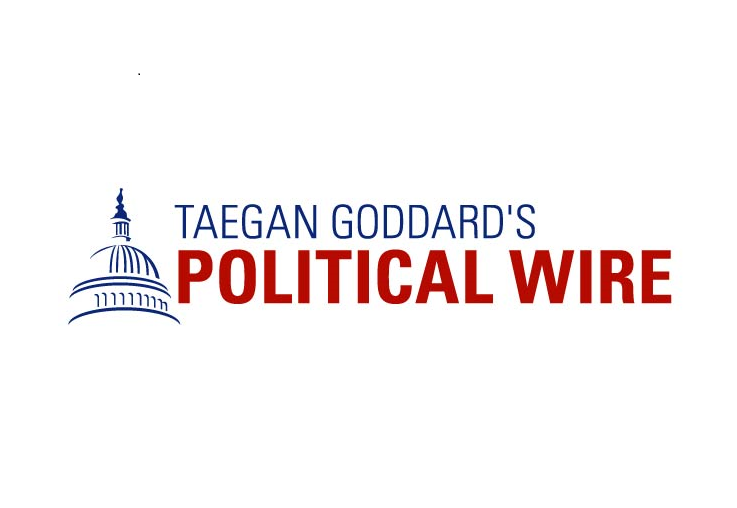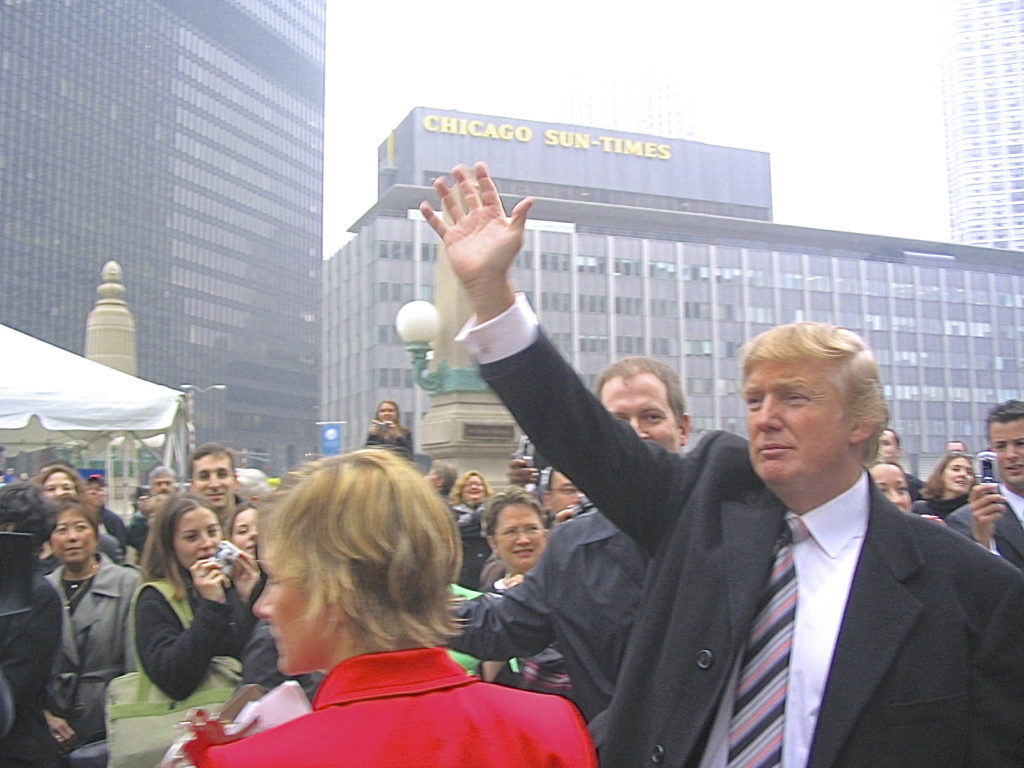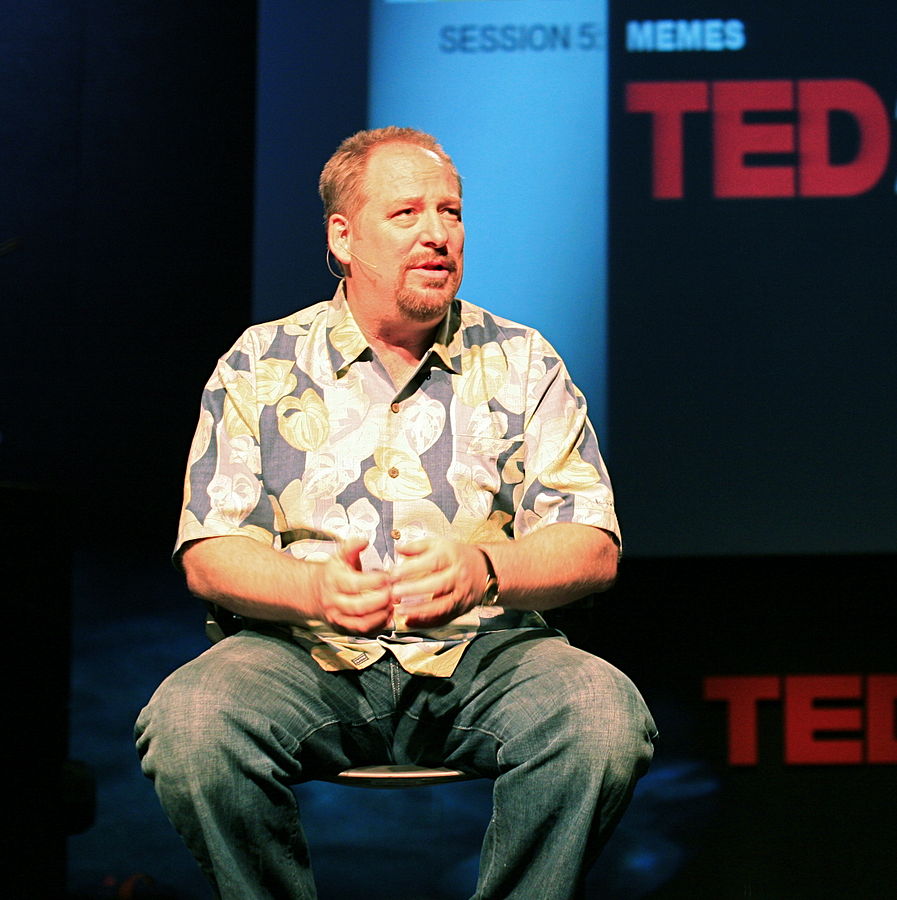I’m Bored With The State Of The Union Address. Are You?
Each year, the President of the United States stands before a joint session of Congress and delivers a lengthy State of the Union (SOTU) Address.
The speech gets a lot of attention in certain years; major world events, both foreign and domestic, tend to increase ratings. But this isn’t one of those years. The economy looks to be improving, the homeland appears relatively safe, and our military interventions overseas have been scaled back.
Given those facts, President Obama—a lame duck President beginning his seventh year in office—has a real challenge to get people’s attention this year.
Even I, a political junkie who often analyzes these types of speeches, am rather bored with the SOTU’s pomp and circumstance. And it seems I’m not alone. More than 52 million people watched Mr. Obama’s first SOTU in 2009; that number declined to just 33 million people last year.
One reason for the audience decline is that the SOTU is almost always predictable. The President lays out a laundry list of inspirational but often unpassable proposals, points to numerous “real people” in the audience, and elicits cheers from one side of the aisle while receiving stony silence from the other.
Here’s the problem: We humans are wired to notice change but acclimate quickly to sameness. Therefore, these speeches fail to “break the pattern.” But here’s the good news: that may change this year.
Mr. Obama’s inner circle reportedly recognizes this problem, and for the first time in recent memory, appears to be taking steps to break the pattern.
First, they’ve announced that the speech will be shorter (last year’s ran 65 minutes). According to The Wall Street Journal:
“One of the White House’s goals as President Barack Obama puts the final touches on his upcoming State of the Union address is shortening the speech, people familiar with the process say.
The president is well known for his delivery of lengthy speeches and detailed explanations, and his aides have tried – unsuccessfully – to rein him in at times.
Last year, Mr. Obama’s State of the Union address ran for an hour and five minutes. It was one of his longest. The only one that went longer was in 2010: an hour and nine minutes.
Mr. Obama’s addresses are only rivaled by President Bill Clinton, a politician also known for his longwindedness, according to the American Presidency Project.”
Second, instead of unveiling their big legislative initiative during the speech, as is the norm, the Administration has already announced that it will focus the speech on middle class tax cuts (or upper class tax hikes, depending on your perspective). Whether that helps the Administration extend the news cycle and receive more coverage is yet to be seen; the risk is that it could also give people even less of a reason to tune into the speech.
Still. I’d argue that both changes are smart moves, designed to break the pattern and stand a better chance of reaching a restless media and bored electorate.
I suspect the SOTU’s brevity will become a new model to reach today’s attention-challenged audiences. And since the television networks will appreciate turning less of their airtime over to presidential speeches—particularly if administrations make them less newsworthy by releasing the major headlines in advance—I suspect future presidents will find it difficult to get that airtime back.
[poll id=”47″]



